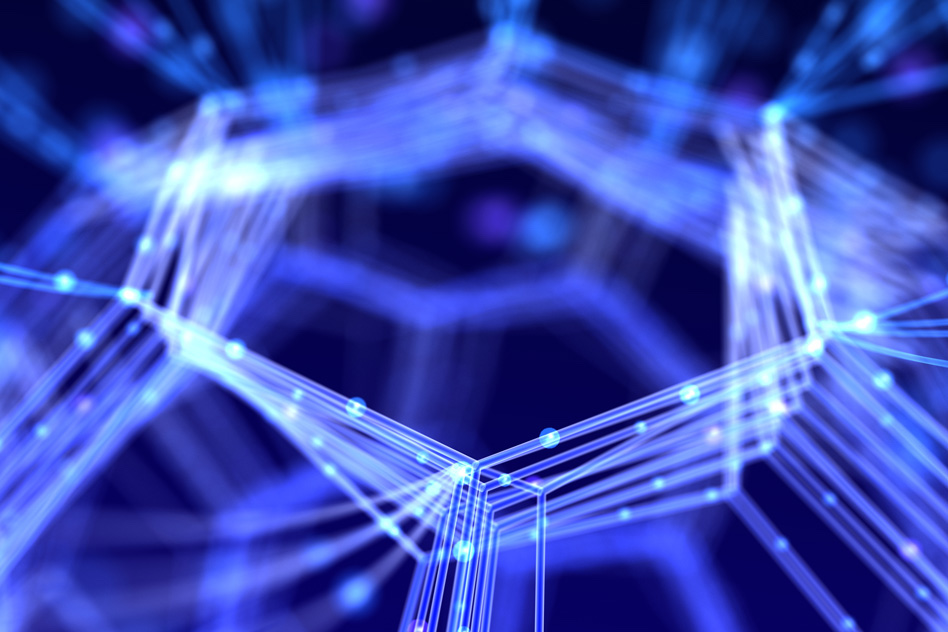When you purchase through links on our land site , we may earn an affiliate direction . Here ’s how it works .
Cognitive scientist hope to bottle up a babe ’s encephalon — and the imaging and air of theory that come with it — and habituate the result to make computers smarter .
" Children arethe greatest learning machinesin the universe , " Alison Gopnik , a developmental psychologist at the University of California at Berkeley , say in a statement . " reckon if computers could learn as much and as rapidly as they do , " said Gopnik , generator of the books " The Scientist in the Crib " ( William Morrow , 2000 ) and " The Philosophical Baby " ( Picador , 2010 ) .

Scientists think adding a baby’s imaginative powers and all-around braininess to computers would make these machines smarter and more human.
Scientists such as Gopnik have know a healthy newborn mind take a life-time ’s supply of some 100 billion neuron ; as a baby matures , these brain cells grow a vast web of synapses or connexion ( about 15,000 by the age of 2 or 3 ) , which allow totsto learn languagesand social skills , all the while reckon out how to survive and prosper in their surround .
Adults , meanwhile , tend to focalize more on the finish at hand rather than letting theirpowers of imaginationrun state of nature . It ’s this combination — finish - minded adult and open - given youngster — that may be ideal for teaching computers new trick , the researchers suspect .
" We ask both blue - sky surmise and hard - nosed planning , " said Gopnik .

Gopnik and her fellow are trail the cognitive steps that children use to solve problems in the lab , and then turning the blueprint into computational model .
Their various experiments , whether using dissimilar - colored lollipops , spinning toy dog or music makers , suggest baby , yearling and preschoolers are already testing hypotheses , estimating statistical odds , and coming to determination based on quondam and raw grounds . This round-eyed exploratory and " probabilistic " abstract thought could make computers not just smarter , but more adaptable and more human , the team says .
" Young children are capable of solving trouble that still amaze a challenge for computer , such as learn lyric and compute out causal relationships , " Tom Griffiths , director of UC Berkeley ’s Computational Cognitive Science Lab , said in a statement . " We are hoping to make computers smarter by make them a minuscule more like children . " [ 11 fact About a Baby ’s Brain ]

For case , in one experiment , preverbal babies are shown two jars , one holding more pink all-day sucker than black and the other more black-market than pinkish . Next , the researchers cover one lollipop in each jar to hide its color and then get rid of and place that lollipopin a covered cannister next to the jar . The babies are then allowed to take a popsicle , and in most case , rather than randomly choosing a side , they fawn toward the canister closest to the jar with more pink lollipops .
" We think babies are making reckoning in their heads about which side to crawl to , to get the popsicle that they want , " said study research worker Fei Xu , UC Berkeley psychologist .
The researchers foresee childlike estimator that could interact more intelligently and responsively with homo , result in good computer tutoring programs and earpiece - answering robots , among other technologies , includingartificial intelligence agency .

This spring , Gopnik , Griffiths and other UC Berkeley psychologist , data processor scientists and philosophers plan to found a multidisciplinary center at the campus ’s Institute of Human Development to pursue further this line of research .













